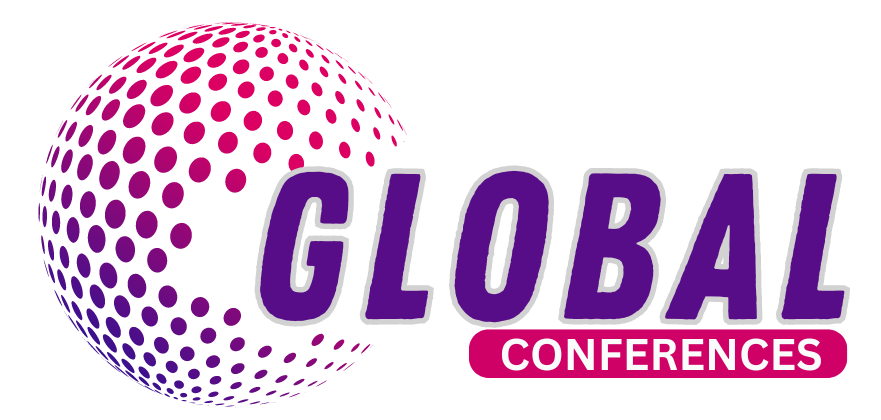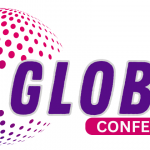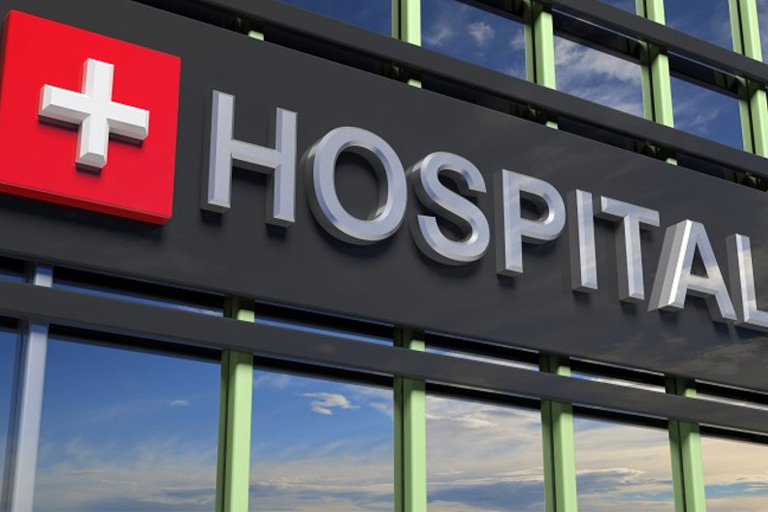7 Energy-Saving Considerations for Hospital Facilities
If you’re trying to reduce energy costs and maintain a healthcare facility, chances are you’re faced with substantial challenges. First of all, managers of facilities are responsible for the health and safety of all occupants. This requires meeting extremely high standards for indoor air quality, especially in operating theaters and other key areas. Energy-saving strategies that also allow you to maintain occupant safety and health are crucial. Keep in mind as you read this guide that the most critical aspect of energy management software is its user-friendliness. As a hospital facility manager, it should be a straightforward process for you to write logic, access reports, command points, adjust schedules, and quickly detect when the system is not running properly.
1. Light
The U.S. Department of Energy indicates that LED-type lights use seven times less energy than incandescent lights and less than a third of the energy of fluorescent lights. They require much less maintenance and have a higher lumen output than both, in most cases lasting several years longer. Since lights run 24 hours a day in hospitals, you can’t afford to overlook this technology. Recently, daylighting controls have become more common in healthcare settings. They use daylight sensors that indicate how much artificial light is needed in different spaces and automatically brighten or dim lamps as needed.
2. HVAC
According to the U.S. Environmental Protection Agency (EPA), well over half of building fan systems are oversize by at least ten percent, with averaging oversizing of sixty percent. Matching the requirements of your facility’s load to fan systems (“right-sizing”) can lead to dramatic energy savings. In addition to “right-sizing” and implementing new control strategies, upgrading to the latest in HVAC technology can generate significant energy savings. More efficient equipment and variable speed drives are examples of technology enhancements that can also cut down on energy requirements. To further reduce HVAC costs, consider the best solar panels for the unique needs of your facility.
3. Supply Air
Using a modern automation system for buildings, supply air temperatures can usually be adjusted higher or reset automatically based on zone demand, outside air temperatures, or some combination of both. You can place limits to make sure that setpoints are never reset lower or higher than you want. This strategy can cut down on the wear and tear of equipment and improve overall comfort levels by removing (excessively) cold areas.
4. Sensors and Timers
Hospitals are open 24/7, so electricity expenses for lighting can be astronomical. Using timers and/or motion sensors in less-used spaces such as closets, bathrooms, and stairwells can help reduce costs. Also, consider using sensors and timers in office areas used by administrative staff. Adding a schedule to the lighting software for these departments can result in significant energy savings.
5. Retrocommissioning
The process of making sure that your mechanical systems are functioning as designed is called retrocommissioning. Air handlers that are running 24/7 but reporting otherwise and dampers that are left open are examples of how systems can go awry. Catching unnecessary waste and (re)calibrating building systems so that they function as efficiently as possible is what retrocommissioning is all about. It doesn’t directly save energy from a technical standpoint, but it reduces energy bills and a hospital’s impact on the environment. Cogeneration systems that combine heat and power have risen in popularity recently, sometimes saving hospitals millions of dollars.
6. Upgrades
Making an upgrade of your facility’s energy-consuming equipment is a time-honored way to cut down on energy usage; it’s important to consider if you intend to make a significant impact. More capital may be required up front, but if it’s well thought-out, it will likely yield a quick return on investment.
7. Building Envelope
Losses and gains in temperature caused by the envelope of a building can significantly affect your ability to save energy. The foundation, roof, windows, and walls serve as barriers between your facility and elements on the outside. Keep in mind the age of the building. If your hospital is fifteen to twenty years old, a window retrofit alone could result in considerable savings.
Saving energy in a hospital facility requires a careful balance of several crucial factors. Keep them in mind as you plan.



























